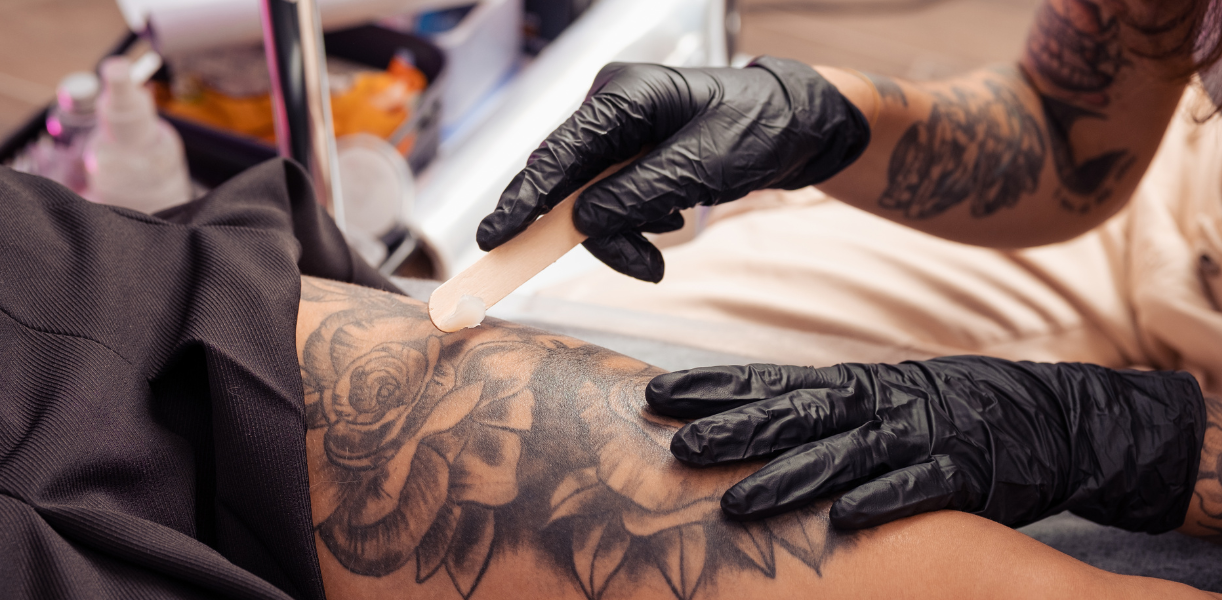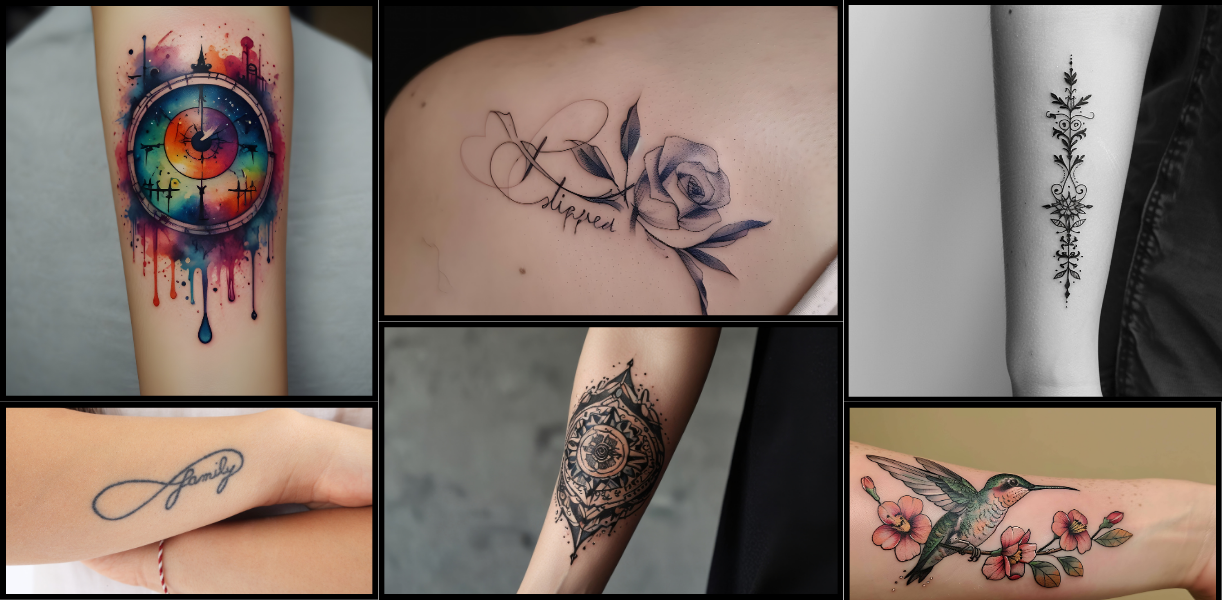Preparing for Your First Tattoo: What to Expect and How to Minimize Pain
Getting your first tattoo is an exciting and personal experience, but it’s completely normal to feel a bit nervous about the pain that comes with it. While the sensation of getting a tattoo can vary depending on factors like placement, pain tolerance, and the artist’s technique, there are ways to manage and minimize discomfort. In this guide, we’ll walk you through what to expect during your first tattoo session and how to effectively reduce the pain using methods like numbing cream for before tattoo sessions.
- Understanding the Tattoo Process
Before you step into the tattoo studio, it’s helpful to understand what the process involves. Your tattoo artist will first clean the area and may shave any hair to ensure a smooth canvas. They’ll then apply a stencil to outline the design on your skin. During the tattooing, a needle with ink rapidly punctures your skin, creating the design layer by layer. This process can cause varying levels of pain depending on the area being tattooed and your individual pain tolerance.
Pain Levels by Tattoo Placement:
- Low Pain Areas: Upper arm, thigh, and outer shoulder.
- Moderate Pain Areas: Forearm, back, and chest.
- High Pain Areas: Ribs, feet, and inner arm.
Knowing where your tattoo will fall on this pain scale can help you better prepare for the experience.
- Managing Pain: Using Numbing Cream for Before Tattoo Sessions
One of the most effective ways to minimize pain during your tattoo session is by applying a numbing cream for before tattoo procedures. These creams are specially formulated to numb the skin temporarily, reducing the sensation of the needle.
How Numbing Cream Works:
- Lidocaine: The active ingredient in most tattoo numbing creams, Lidocaine, works by blocking the nerve signals in your skin that send pain messages to your brain.
- Application Timing: To maximize the effect, apply the cream 60 to 180 minutes before your appointment. Be sure to follow the instructions on the packaging for the best results.
- Benefits of Using Numb Cream for Tattoos:
- Pain Reduction: Significantly reduces the pain associated with tattooing, making the experience more comfortable.
- Longer Sessions: Helps you sit for longer periods, allowing your artist to complete more complex designs in one sitting.
- Calmer Experience: Reduces anxiety about pain, helping you relax and enjoy the process.
- Other Tips to Minimize Tattoo Pain
While using a numbing cream for tattoos is highly effective, combining it with other pain management strategies can enhance your overall experience.
- Stay Hydrated: Drinking plenty of water before your tattoo session keeps your skin hydrated and more resilient, making the tattoo process easier.
- Eat Well: Eating a healthy meal before your appointment helps maintain your blood sugar levels, reducing feelings of dizziness or fainting during the tattoo.
- Wear Comfortable Clothing: Choose loose-fitting clothing that won’t rub against your new tattoo. This not only keeps you comfortable but also protects the fresh ink afterward.
- Distract Yourself: For long tattoo sessions bring headphones and listen to your favorite music, podcast, or audiobook.
- Communicate with Your Tattoo Artist
Your tattoo artist plays a key role in your overall experience. Be open about your concerns, especially if you’re anxious about the pain. A professional artist will guide you through each step and offer breaks if needed.
Inform your artist if you plan to use a numb cream for tattoos so they can adjust their technique if necessary.
Some artists may have specific recommendations on the best tattoo numbing products to use, so don’t hesitate to ask for their advice.
- Aftercare Tips for Your New Tattoo
Proper aftercare is crucial to ensure your tattoo heals well and looks great. Once your session is over, your artist will provide aftercare instructions, including how to clean and protect your tattoo. Follow these guidelines carefully to avoid infections and ensure vibrant results.
Basic Aftercare Steps:
- Keep It Clean: Gently wash your tattoo with mild soap and water, then pat dry.
- Moisturize: Use a fragrance-free moisturizer to keep the skin hydrated and reduce itching.
- Avoid Sun Exposure: Keep your tattoo covered from direct sunlight, and apply sunscreen once it’s healed.
To conclude, our first tattoo is a unique experience, and while some discomfort is part of the process, it doesn’t have to be overwhelming. By preparing ahead of time, using effective pain management strategies like numbing cream for before tattoo sessions, and communicating with your artist, you can make your tattoo journey a positive and memorable one. Embrace the process, and look forward to wearing your new art with pride!
Whether you’re choosing a small design or planning a larger piece, minimizing pain will help you enjoy your tattoo session and achieve the best results. So go ahead, get inked, and make your first tattoo experience one to remember!




Leave a comment
This site is protected by hCaptcha and the hCaptcha Privacy Policy and Terms of Service apply.